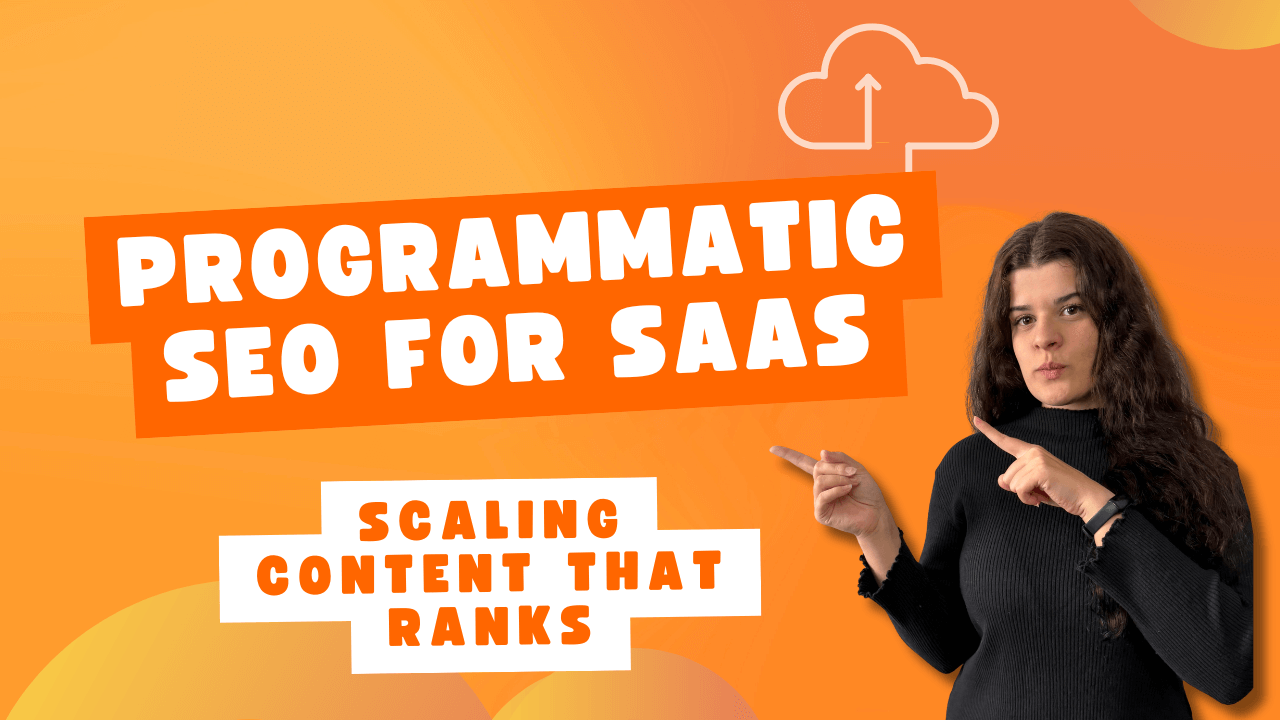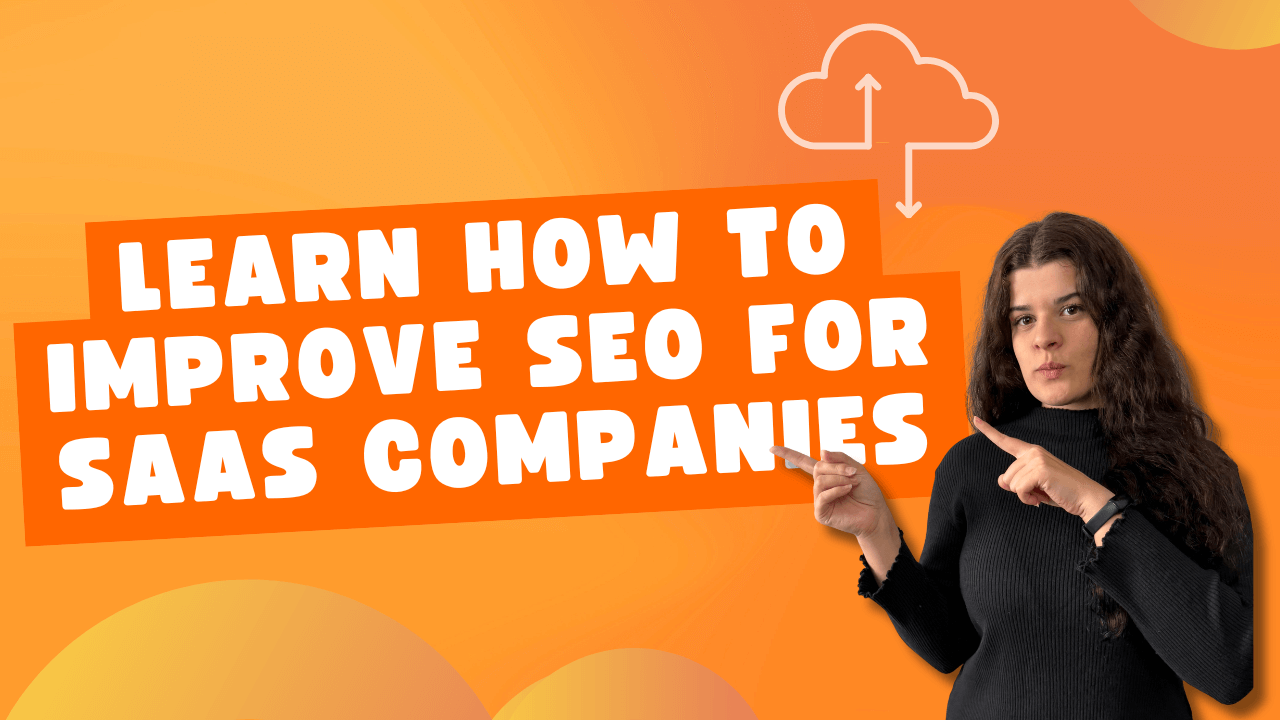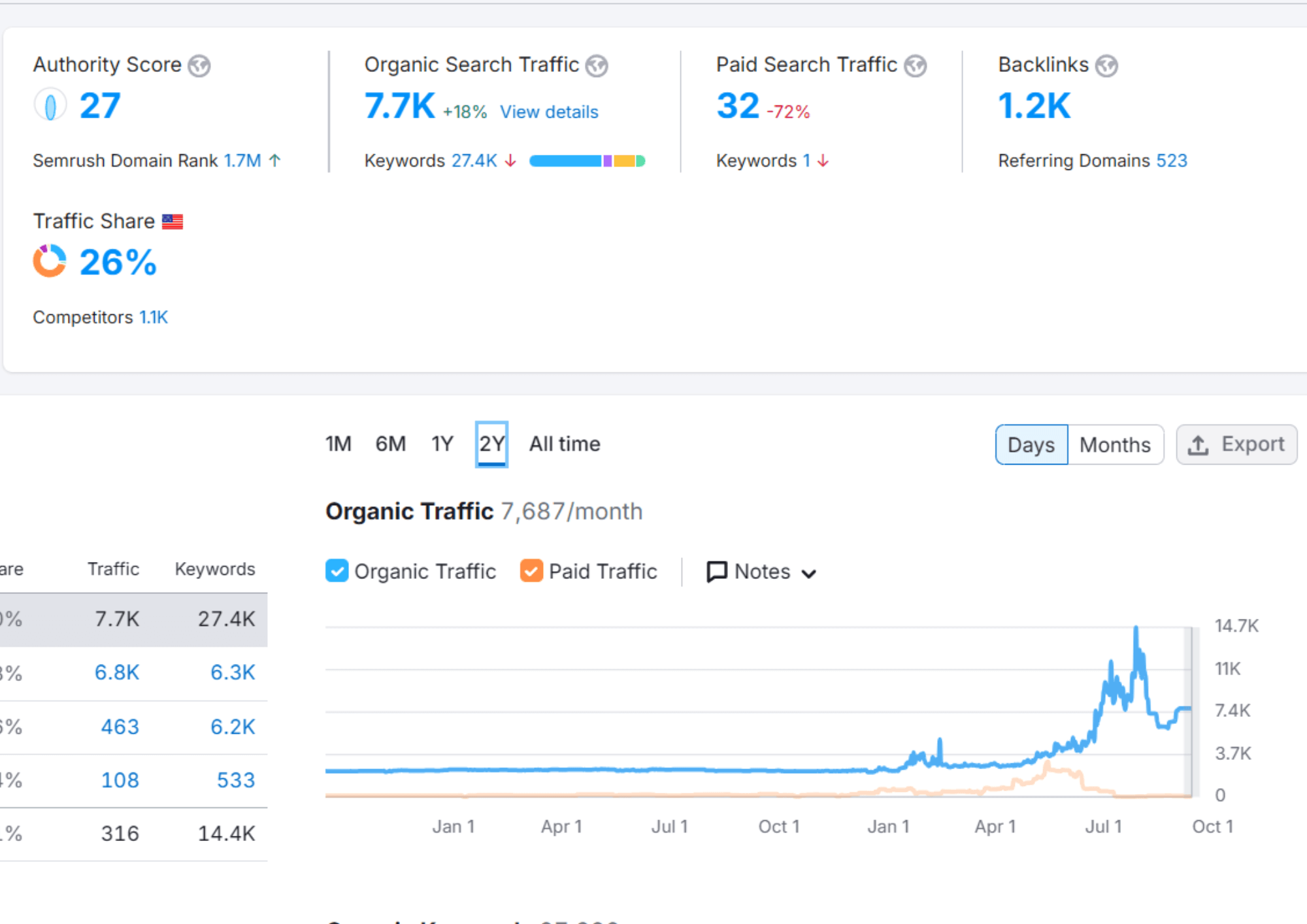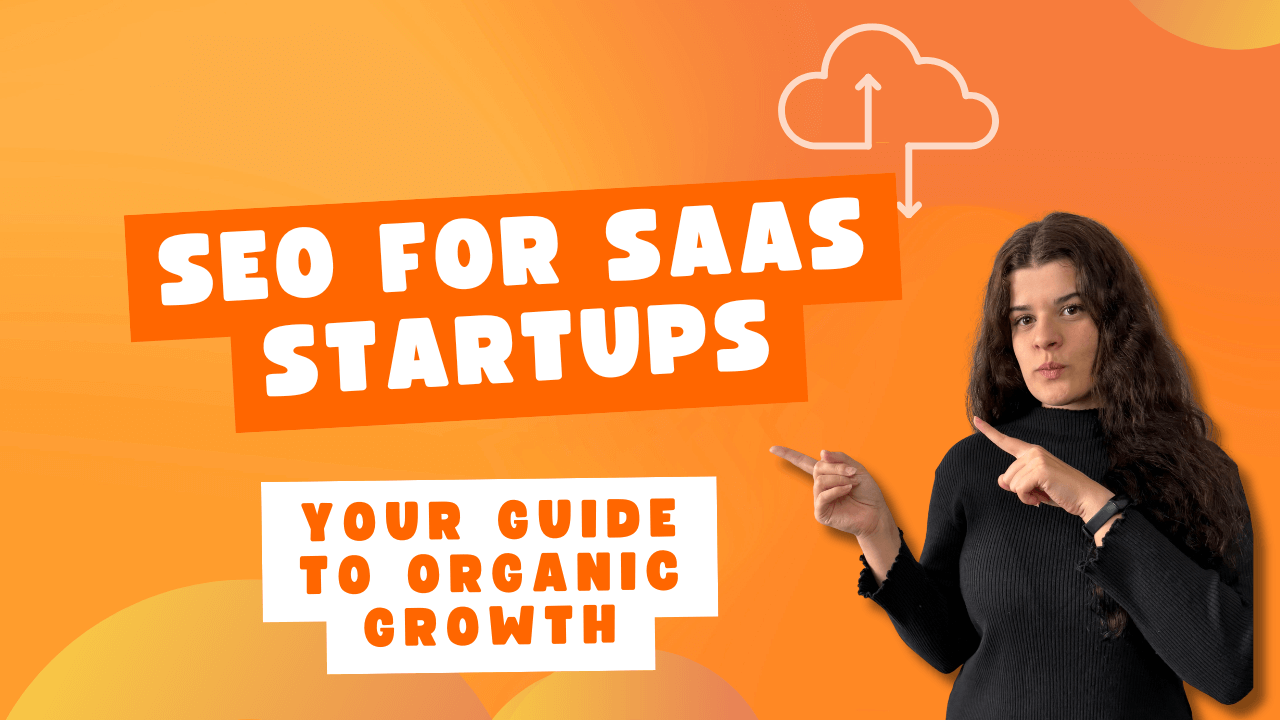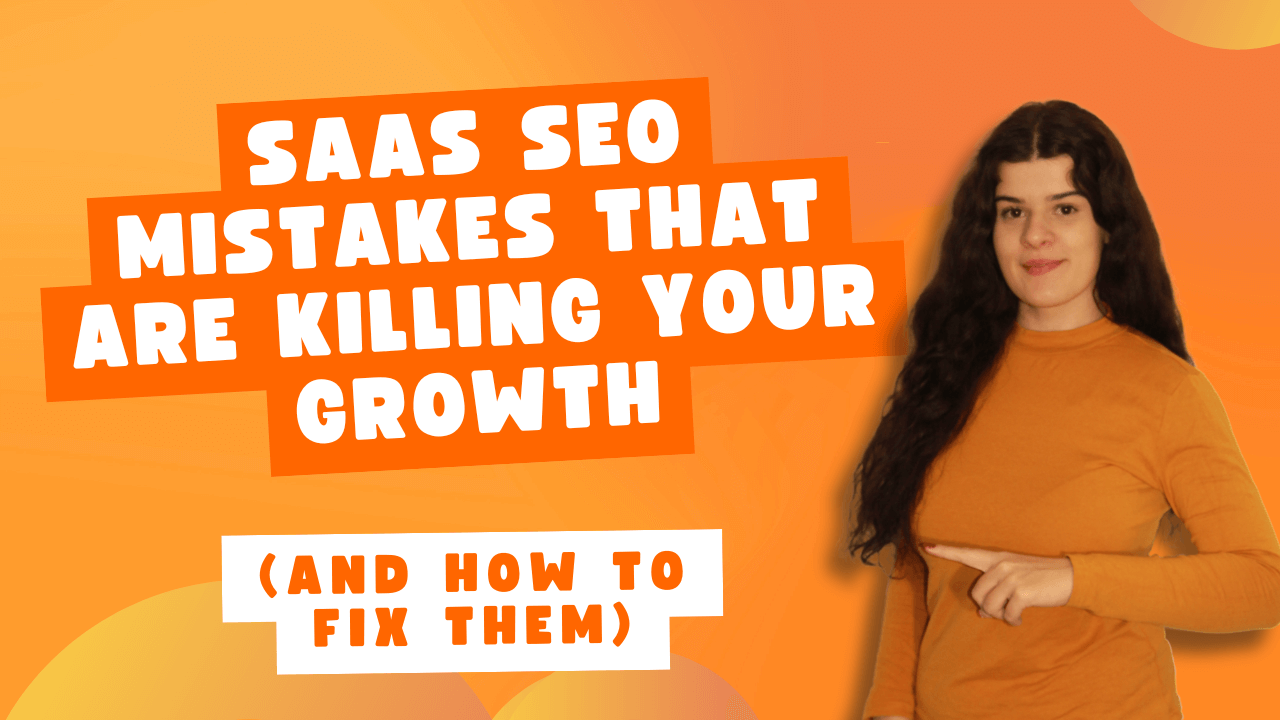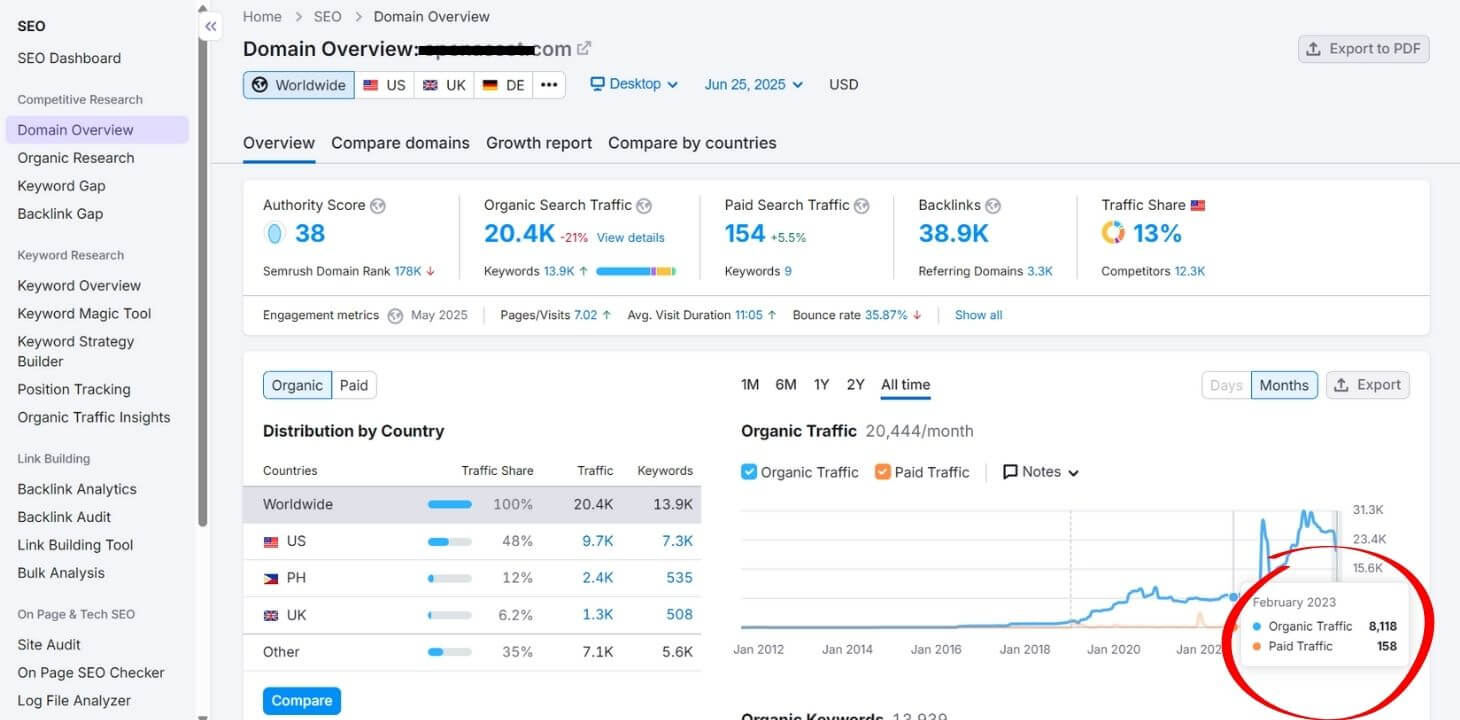You’re grinding away at your SaaS company, publishing blog posts one at a time, manually optimizing each page… and then you check your competitors’ rankings. Zapier seems to pop up everywhere. Monday.com is ranking for everything under the sun. What’s their secret?
It’s programmatic SEO for SaaS businesses.
Zapier has built over 50,000 landing pages (yep, fifty thousand) that rank for integration searches. Monday.com went from 100K to 1.2M organic visitors using the same playbook.
And get this: companies doing programmatic SEO right are seeing 4-5x ROI while building moats around their business that competitors just can’t replicate overnight.
The coolest part about programmatic SEO for SaaS is that you can target thousands of super-specific searches without losing your mind creating each page manually. Your customers aren’t searching for generic stuff like “CRM software”, rather they’re typing in “CRM for real estate agents with email automation” or “Salesforce + Slack integration for project teams.” That’s your goldmine right there.
Here’s what we’re covering today:
- What programmatic SEO for SaaS actually is (and why everyone’s talking about it)
- Real companies crushing it with this strategy and how they did it
- A step-by-step game plan you can steal and use today
- How to keep Google happy with quality content at scale
- Mistakes that’ll tank your project (learn from others’ pain)
- The tech stack you need to pull this off
What Makes Programmatic SEO for SaaS Different from Traditional SEO
Okay, let’s get something straight first. Programmatic SEO for SaaS is about taking your existing data and using smart templates to create pages that actually help people. Just at a scale that would be impossible to do by hand.
Think about it like this. Traditional SEO targets maybe 50-100 keywords max, right? Programmatic SEO for SaaS goes after thousands, sometimes tens of thousands, of these super-specific, long-tail searches that add up to massive traffic. You’re basically using algorithms and machine learning to optimize your site in real-time as user behavior changes.
What makes this especially perfect for SaaS? You’ve already got tons of structured data just sitting there in your databases, such as product features, integration options, pricing tiers, use cases, different customer types.
Programmatic SEO for SaaS just turns all that data into landing pages that answer exactly what people are searching for. And if you’re building out your overall SaaS SEO strategy, this should definitely be in the mix.
Real SaaS Companies Winning Big with Programmatic SEO
Let me show you how this plays out in real life, because seeing actual examples makes everything click.
Zapier’s brilliant integration page game is probably the best example. They’ve got over 50,000 unique pages for different tool combos. Go search “Google Sheets Slack integration” right now and their page is right there.
Every page uses the same template, but it pulls in custom data: what each app does, pre-made Zaps you can use, FAQs, the whole nine yards. They totally dominate integration searches without manually building each page.
UserPilot’s crazy 10-month journey is another one that blows my mind. They went from 25K to 100K monthly visitors in just 10 months using programmatic SEO for SaaS. They found their high-value keyword patterns, built templates that matched what people actually wanted, and automated the whole thing while keeping the quality high.
Flyhomes’ traffic explosion sounds almost fake when you hear it. They grew organic traffic by 10,737% in three months – yes, that’s over ten thousand percent – by creating 425,000+ programmatic pages.
None of these companies just threw up random pages and hoped for magic. They were strategic about it. And if you’re starting from scratch with SEO for SaaS startups, programmatic approaches can help you compete with the big dogs way faster.
The 5-Step Framework for Implementing Programmatic SEO for SaaS
Alright, let’s get into the nitty-gritty. Here’s how you actually make programmatic SEO for SaaS happen.
Step 1: Hunt down keyword patterns (not just keywords)
You’re not looking for one-off keywords here. You want repeatable patterns like “[Tool A] + [Tool B] integration” or “best [software type] for [specific industry].” Grab your favorite SEO tools and dig into search volumes, competition levels, all that good stuff. The goal is to find opportunities where you can create template-based pages that actually solve people’s problems.
Step 2: Get your data house in order
This step is huge for programmatic SEO for SaaS. You need solid data infrastructure that can handle real-time processing.
Look at what data you’ve already got: product features, customer segments, integration possibilities, pricing info, use cases. Set up proper analytics to track how people use your site.
Step 3: Build templates that don’t suck
This is where programmatic SEO for SaaS gets fun. Design flexible templates that stay consistent but let you plug in dynamic content. Your template needs sections that actually answer what people want to know: how the product works, specific use cases, FAQs, clear calls-to-action.
Each section should automatically pull relevant data while still reading naturally. And if you’re working on technical SEO for SaaS, make sure your templates have proper schema markup and clean code.
Step 4: Automate smartly with quality checks
Set up your machine learning algorithms to analyze data and generate content automatically. But you absolutely need quality controls.
Every page has to be unique and valuable. Use structured data markup so Google understands what you’re doing. Test everything thoroughly before you launch thousands of pages into the wild.
Step 5: Keep watching and tweaking
Programmatic SEO for SaaS is definitely not “set it and forget it.” You’ve got to monitor performance constantly. Which templates convert best? Which keyword patterns bring in revenue? Where do people bounce?
Use those insights to make your templates better. Running regular SEO audits for your SaaS will help you spot issues before they become problems.
How to Keep Google Happy with Your Programmatic SEO for SaaS
Google’s EEAT stuff (Experience, Expertise, Authoritativeness, Trustworthiness) totally applies to automated content. Let me break it down so it makes sense.
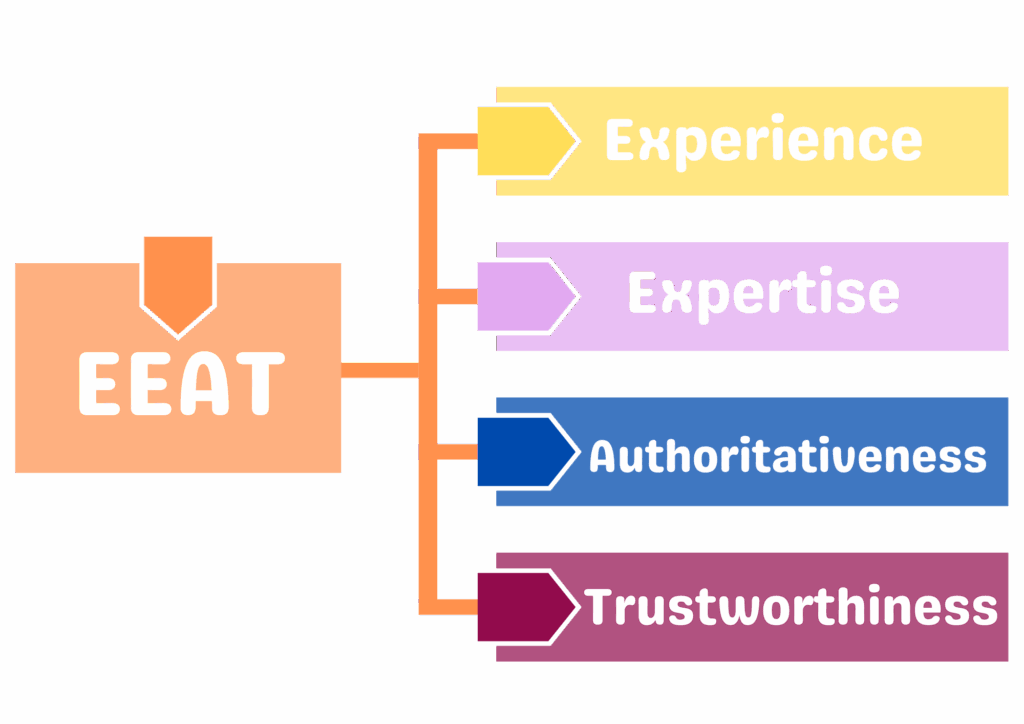
Experience is about showing you know what you’re talking about from actual use. Drop in customer testimonials, real case studies, practical examples on your automated pages. If you’re making integration pages, show workflows that actual customers built and use.
Expertise means demonstrating you really know your stuff. Even with automated content, your templates should showcase your company’s knowledge. Include insider insights, technical details, and info that only someone in your space would really understand.
Authoritativeness comes from being recognized as legit. Get backlinks from reputable sites, build up citations, and establish your brand. Your programmatic pages should link to (and from) the authoritative content on your main site.
Trustworthiness is everything. Make sure you’re using HTTPS, have clear privacy policies, and share factual content. Be honest about what your product does and what it doesn’t do. Add contact info and author bios when it makes sense.
The thing is, Google’s algorithms reward high-quality, original content that shows these EEAT qualities – even when it’s generated programmatically. Focus on creating actual value, and the rankings take care of themselves.
Common Mistakes That’ll Tank Your Programmatic SEO
I’ve watched plenty of companies crash and burn with this, so let’s talk about what not to do.
Pumping out thin content like crazy is mistake number one. Just because you can make 10,000 pages doesn’t mean you should. Every single page needs to provide real value and unique info.
Google’s way better now at spotting low-quality, templated garbage. Quality beats quantity every time. 1,000 killer pages beats 10,000 thin ones, hands down.
Ignoring what people actually want will kill your project fast. Your programmatic pages have to match search intent. If someone’s looking for “Slack Google Drive integration,” they want to know how to connect them, what they can do together, and how to get started. Don’t just dump generic content into a template and call it good.
Forgetting about internal linking is another rookie move. Your programmatic pages need to link properly with your main content. Create logical paths between pages and make sure your site structure makes sense to both humans and bots.
By the way, this guide to SEO for SaaS has some solid fundamentals if you’re building from scratch.
Ignoring mobile users is just inexcusable now. Your programmatic pages absolutely have to work perfectly on phones. Test your templates on different devices before you scale up.
Skipping content audits means you’re flying blind. Set up monitoring so you catch issues early. Pages not performing? Fix or kill them. Search intent changing? Update your templates. Don’t let your programmatic SEO for SaaS turn into a content graveyard. Check out these common SaaS SEO mistakes so you don’t repeat them.
Your Tech Stack for Programmatic SEO
| What You Need | Specifically | Why You Can’t Skip It |
| Keyword Research | Ahrefs, SEMrush, or similar | Find those keyword patterns and search volumes at scale |
| Data Stuff | Solid databases and APIs | Store and pull all that structured data for pages |
| Content System | Headless CMS or custom build | Manage templates and deploy pages automatically |
| Analytics | Google Analytics, Search Console, custom tracking | See what’s working and what’s not |
| Automation | Python scripts, ML tools, or programmatic SEO platforms | Actually generate and launch pages at scale |
| Quality Checks | Testing frameworks + human reviewers | Make sure your content doesn’t suck before it goes live |
The exact tools depend on your budget and how technical your team is. Some SaaS companies build custom stuff, others use specialized platforms. What matters is having infrastructure that creates quality content at scale.
How to Know If Your Programmatic SEO for SaaS Is Working
So how do you tell if this is actually working?
Watch these metrics like a hawk:
Organic traffic growth is the obvious one. Track your programmatic page traffic separately from your regular content. Look for steady growth over time. Remember UserPilot went from 25K to 100K visitors in 10 months.
How many keywords you’re ranking for matters more than just positions. Programmatic SEO for SaaS should explode your keyword count. Track both quantity and where you’re ranking.
Conversions are what actually matter. Traffic’s nice, but signups and demos pay the bills. Track whatever conversion matters for your business. The cool part is that you can A/B test template variations across thousands of pages at once.
Pages Google actually indexed is critical. Make sure Google’s finding and indexing your pages. Check Search Console regularly to catch issues.
User engagement stuff like bounce rate, time on page, and pages per session tell you if your content’s valuable. High bounce rate? Your content’s not hitting the mark, and its time to revise templates.
ROI and revenue is the bottom line. Track what revenue comes from your programmatic page traffic. Successful setups typically see 4-5x ROI.
Where Programmatic SEO for SaaS Is Heading
Here’s what’s happening right now that you should know about.
AI content generation is changing everything. AI tools + programmatic SEO creates crazy opportunities. Modern systems can create more nuanced, on-brand content automatically. But remember: AI’s a tool, not a strategy replacement. Google still rewards content with real EEAT qualities.
Real-time data integration is becoming standard. The best implementations pull live data to keep pages fresh. Think auto-updating pricing, live integration counts, or recent case studies that update themselves.
Zero-click optimization is the new frontier. With Google’s AI Overviews and featured snippets, properly structured programmatic content gets referenced and cited by AI. You get visibility even when people don’t click through.
Quality over quantity is the evolution. Google’s getting smarter at spotting thin content. The programmatic SEO for SaaS strategies winning in 2025 focus on value-driven automation, not just page count.
Your First Programmatic SEO for SaaS Project (Start Here)
Ready to try this? Here’s how to start small.
Pick one killer keyword pattern. Don’t try to do everything at once. Choose one repeatable pattern that fits your product. Maybe it’s “[Your Tool] for [Industry]” or “[Feature] + [Integration]” pages.
Build one amazing template. Create a single template that provides serious value. Include all the EEAT elements we talked about: experience, expertise, authority, trust. Make sure it looks great on mobile.
Start with 50-100 pages. Test your approach with a manageable batch. This lets you spot problems and fix your template before scaling.
Watch everything closely. Monitor those initial pages obsessively. See what works and what doesn’t. Learn and iterate.
Scale gradually. Once it’s working, slowly ramp up. Add more keyword patterns, create more templates, expand your programmatic SEO for SaaS systematically.
Remember, Zapier didn’t create 50,000 pages overnight. They started small, figured out what worked, and scaled smart. You can totally do the same thing.

